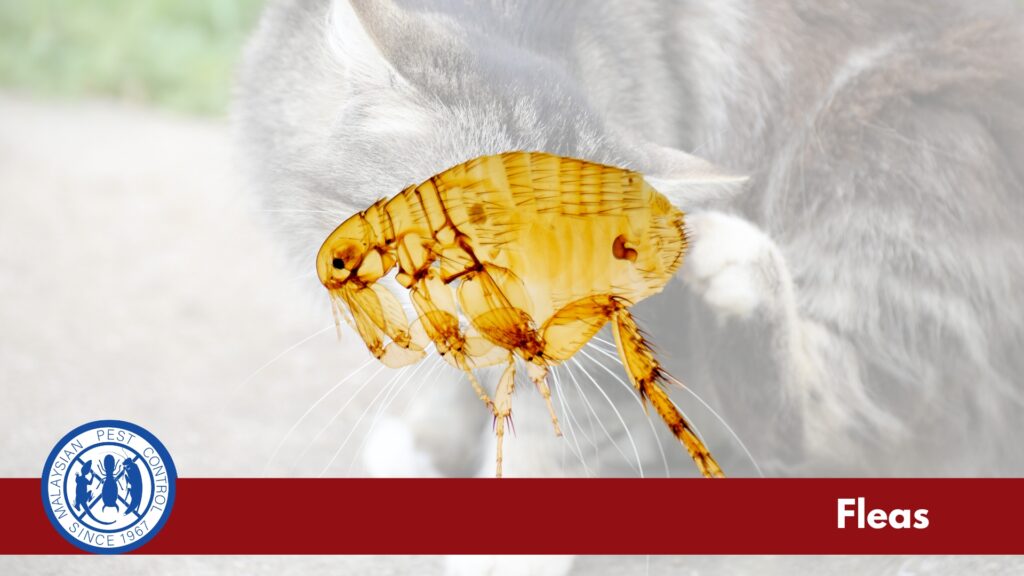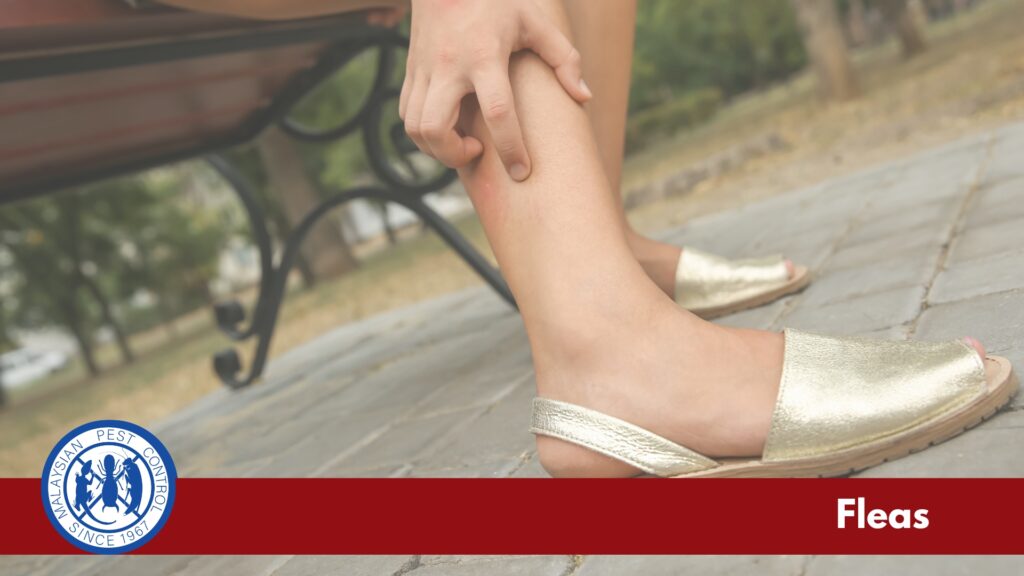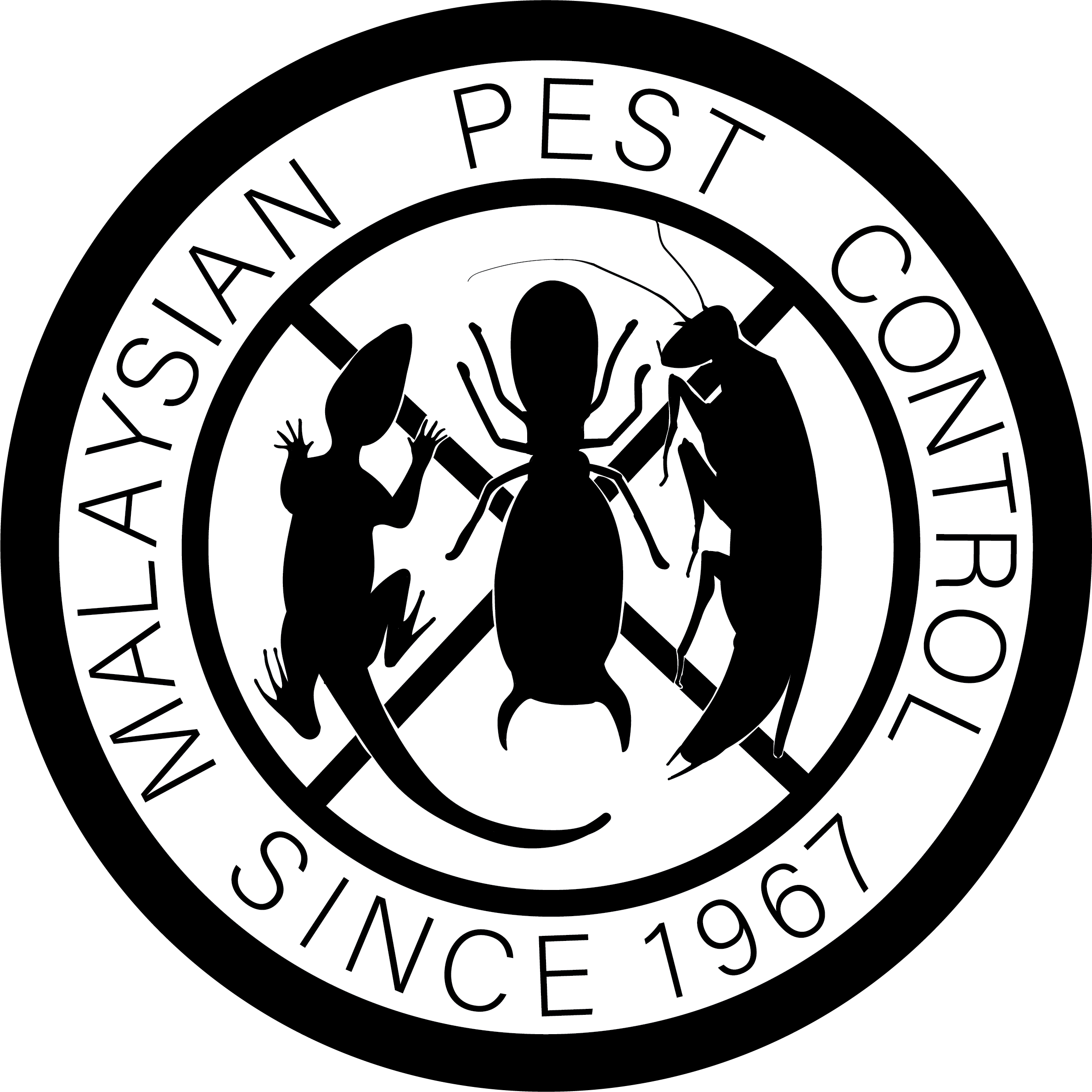About Fleas

Introduction to Fleas
- Fleas are small, wingless insects, with the cat flea (Ctenocephalides felis) being the most common species affecting domestic animals and sometimes humans. They are known for their exceptional jumping abilities and their parasitic life cycle, feeding on the blood of their hosts.
Biology and Lifecycle
- Egg Stage: Eggs are laid on the host but fall into the environment. Under optimal conditions, they hatch in 2-14 days.
- Larva Stage: Larvae feed on organic debris found in the environment, including adult flea feces (blood meal residues). This stage lasts about 5-20 days before they spin cocoons to become pupae.
- Pupa Stage: The pupal stage is where they transform into adults, which can last from several days to weeks, depending on environmental conditions.
- Adult Stage: Adults emerge from the cocoon when they detect a host through vibrations, heat, and carbon dioxide. They then jump onto the host to feed and mate.
Behaviour and Habitat
- Feeding Habits: Fleas are blood-sucking parasites that can cause discomfort, allergic reactions, and transmit diseases such as plague and typhus.
- Habitat: Fleas prefer warm, humid environments and are often found in bedding, carpets, and grassy areas.
Interaction with Humans and Pets
- Fleas can bite humans and pets, causing itchiness, irritation, and in some cases, allergic reactions.
- They are vectors for several pathogens affecting both animals and humans.

Reaction to Flea Bites
- Immediate Reaction: When fleas bite, they inject saliva into the skin to prevent blood from clotting while they feed. Human and animal bodies react to flea saliva as an allergen, leading to immediate redness, swelling, and intense itching around the bite site.
- Allergic Reactions: Some individuals and animals are highly sensitive to flea saliva and may develop allergic reactions known as flea allergy dermatitis (FAD). This condition leads to extreme itching, redness, and swelling, significantly more severe than the typical reaction to a bite.
Severity of Itching
- Intensity: The itchiness can range from mild to severe. In severe cases, the urge to scratch can be almost irresistible.
- Duration: The itchiness can persist for a few hours to several days after the initial bite, depending on the individual’s reaction and whether the bites are continuously scratched.
- Complications: Excessive scratching can lead to secondary skin infections, such as impetigo or cellulitis, which can further exacerbate the itching and discomfort.
Factors Influencing Itch Severity
- Number of Bites: Multiple bites can lead to more severe itching and discomfort.
- Individual Sensitivity: Some people and pets have heightened sensitivity to flea saliva, experiencing more intense reactions.
- Location of Bites: Bites in sensitive or tender areas of the body may feel itchier.
- Secondary Infections: Scratching can introduce bacteria to the bite wounds, leading to infections that increase itchiness and discomfort.
Managing Flea Bite Itchiness
- Avoid Scratching: Scratching can aggravate the skin and lead to infections. Keeping nails short and using barrier methods like gloves or bandages can help.
- Topical Treatments: Over-the-counter hydrocortisone creams or calamine lotion can provide relief from itching. Antihistamines may also reduce allergic reactions and itching.
- Cold Compresses: Applying a cold compress to bite sites can help soothe inflammation and reduce the urge to scratch.
- Professional Treatment: In cases of severe allergic reactions or secondary infections, it may be necessary to seek medical or veterinary treatment. Antibiotics may be prescribed for infections, and stronger corticosteroids may be needed for severe allergic reactions.



